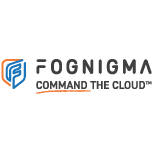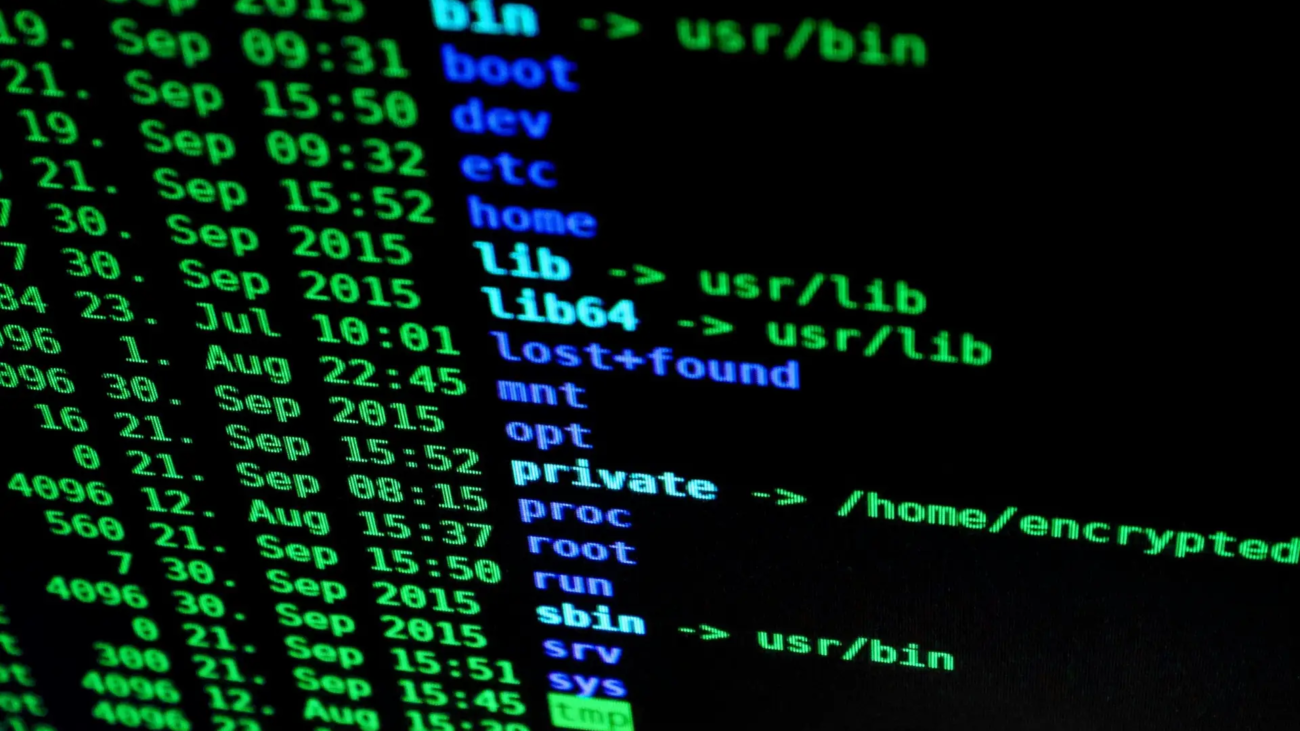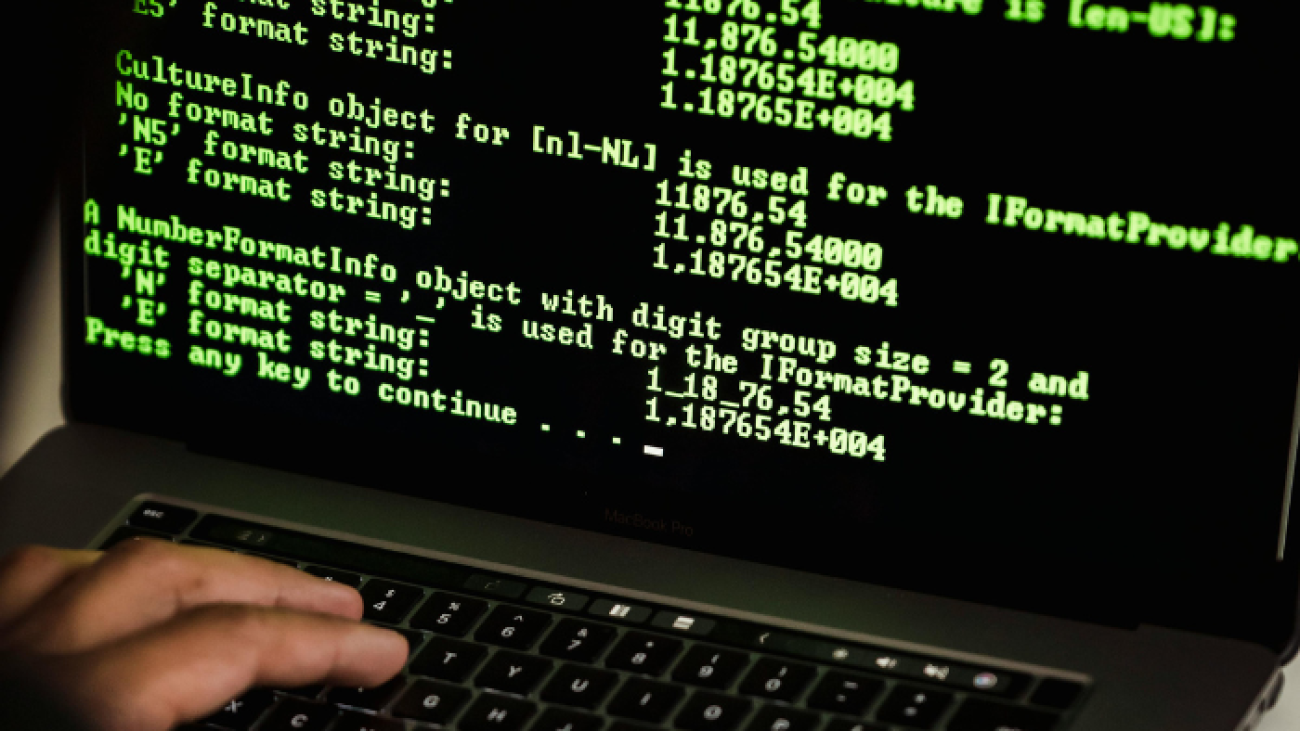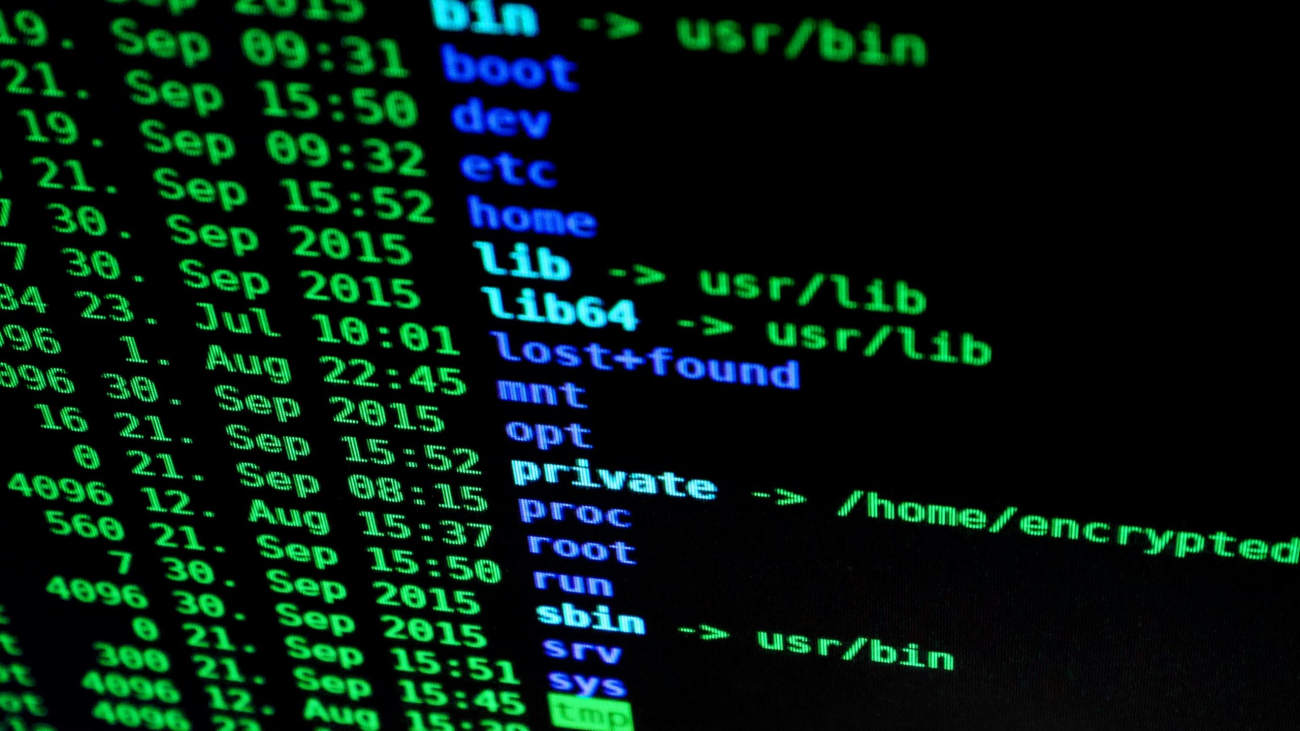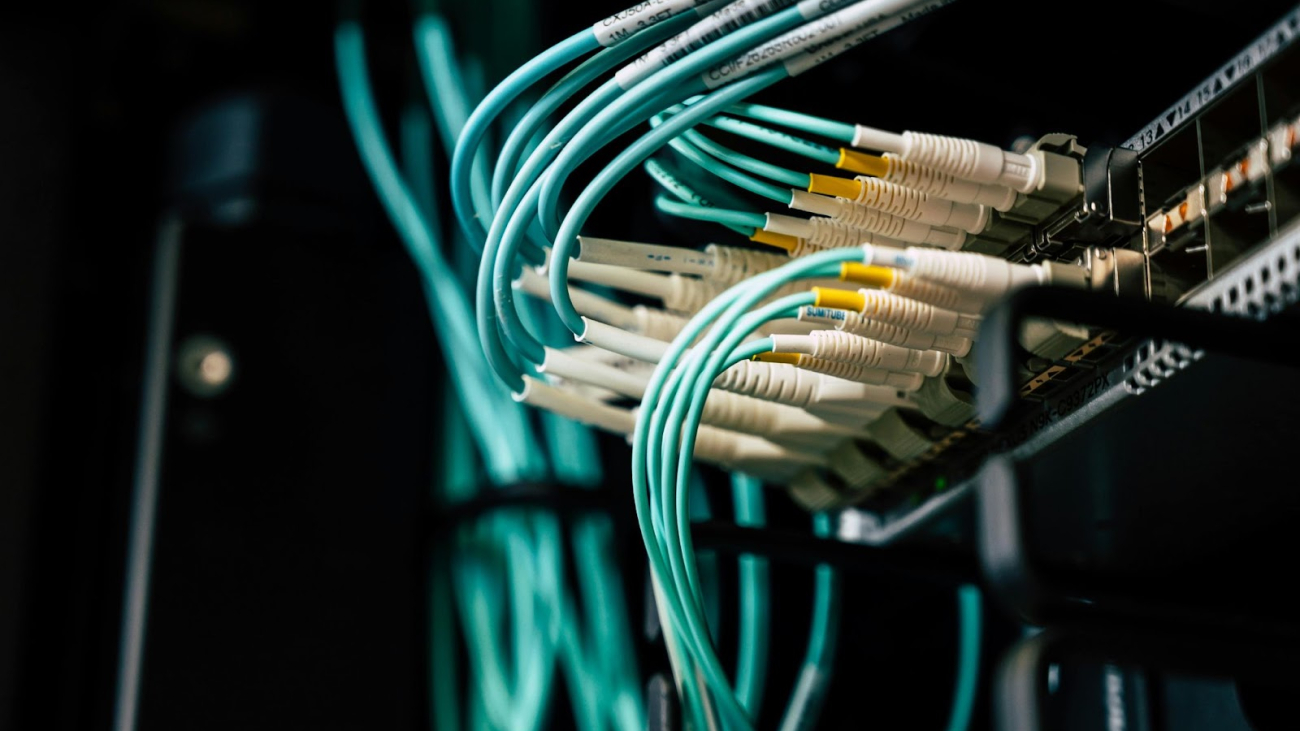Private data almost always contains sensitive information—after all, that’s what makes it “private” in the first place. The unfortunate truth is that keeping data safe from outside users isn’t as easy as it used to be. There are cyber attacks every day, and if you’re not prepared, it could happen to your organization at any moment. One software that companies like Fognigma can provide that is making waves in the world of cybersecurity is called “data privacy vaults.” This combines encryption and user-focused functionality so that no matter what you interact with data-wise, it’s safe from outside users. Fognigma has some of the best data protection solutions, so read on for more on how something like an encrypted private data vault is the next best thing.
The Power of Fognigma-Protected Standard Notes
Fognigma offers its clients something called “Standard Notes.” This serves as a private or personal file storage vault for any sort of sensitive data you don’t want all eyes on. It’s specifically designed for secure cloud storage. We’ve put together some reasons why we feel Standard Notes can be beneficial for your organization:
Encryption Implemented Per-File
Rather than a folder or one big server being encrypted, you have each specific file encrypted with Standard Notes. We feel this adds a whole other layer of security that some organizations don’t think to have. The platform uses high-grade authentication and encryption methods or protocols to make sure data remains inaccessible to unauthorized parties. It also encrypts things like passwords, documents, spreadsheets, and even something as simple as a single note, making all your files have a form of defense. Even the Standard Notes server itself cannot read or decrypt your content. This level of encryption is great for military organizations that deal with sensitive data every day and remains impenetrable, even if the server is targeted by attackers.
Specified Access Per-User
If you want certain users in your organization to have specific access, this is all possible with Standard Notes. Every user on the platform can only access their own files; no one else, including administrators, has access.
- User data is siloed, ensuring that no cross-user interference is possible.
- Accounts are fully isolated for complete independence and security.
This means even in multi-user environments, such as organizational goals, missions, or collaborative events, your data remains your own.
Versatile Content Templates for Use
Standard Notes can be ready for any sort of content, especially with their customizable templates. This solution allows you to write thorough notes, create official reports of those notes, generate spreadsheets, and more. If you need help with even something like writing code with syntax-friendly editing tools, Standard Notes can do it for you. By functioning as a secure digital office space, Standard Notes allows you to perform your most sensitive tasks without compromising safety.
Secure Private Data Storage with a Cloud-Based Environment
For decades, private data storage or cloud storage has come with questions of data vulnerability. Standard Notes can help by enabling users to store sensitive, locally stored files in a personal cloud-based environment under the advanced protection of Fognigma technology. Files are backed up in a secure environment, eliminating any potential weak points and so much more. Standard Notes can make sure that working in the cloud doesn’t mean sacrificing security.
Why Data Privacy Vaults are the Next Best Thing
These kinds of vaults are some of the best ways to safeguard your data. If you’re all about cybersecurity, data privacy vaults are the next big thing in managing sensitive information. They’re user-friendly, centralized, secure, and more. These kinds of privacy vaults improve storage security by providing flexibility without compromising security. Also, they’re allowing teams or remote employees to work from anywhere, all while keeping their data protected. Technology continues to grow and modernize, so it’s more beneficial for your organization to future-proof your cybersecurity. You can do this by implementing encrypted private data vaults within your framework. If interested, contact our team at Fognigma and ask for more information regarding Standard Notes and other encryption protocols we suggest based on how big the organization is. We’re able to provide you with the latest security needs as well as tips on helping you adapt to the ever-changing digital landscape.
Summary
Now more than ever, the demand for secure digital protection is at an all-time high. It doesn’t matter if you only deal with sensitive information every other week or if you deal with it on a daily basis, Fognigma can protect it with Standard Notes. Consider private data storage for your organization so you can make sure your data is safe, accessible, and functional. If all sounds appealing, reach out to our team today to learn more about deploying your own encrypted private data vault with Fognigma. We’re here to help protect and safeguard sensitive data every day of the year.
